Fall with Spores
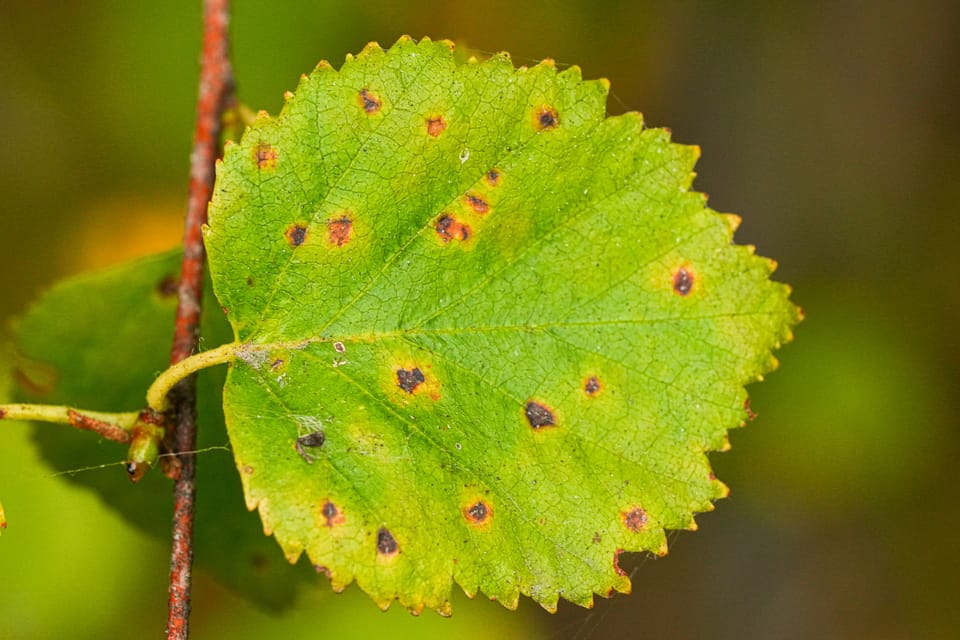
As happens so often with this newsletter, I started out to share a simple observation, only to discover that it's a huge story with profound global implications.


So, here's the very simple observation I wanted to share this week:
Long before leaves start changing colors, you can tell that autumn is coming because leaves develop brown spots. These mysterious spots are caused by fungal spores that have been living on leaves all summer, waiting for the first signs of autumn, and now they're "waking up" so they can start decomposing leaves before they fall to the ground.
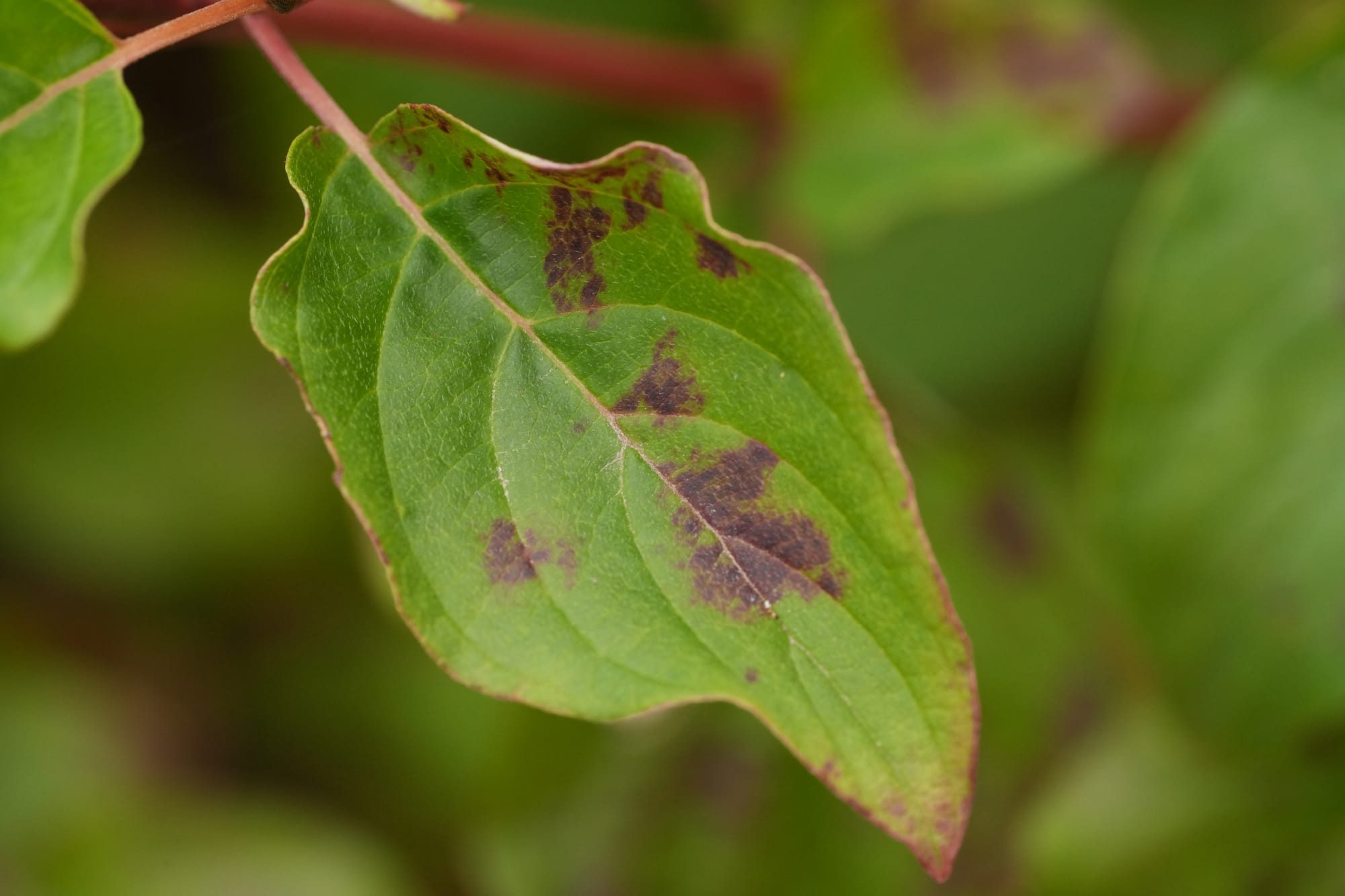
This is a fun story that I've told countless times while leading nature walks, but for today's newsletter I decided to do some research and flush this topic out with new details. Oh boy, I had no idea how deep this rabbit hole would take me!!!
To understand why this is an important story it helps to understand that leaf surfaces matter on a global scale in a big way. It is estimated that leaves create twice as much surface area as all the land on earth combined, and that 60% of all living tissues are leaves!
Given the sheer scale of these numbers it makes sense that leaf surfaces would provide homes for an immense number of organisms and play a huge role in global air, water, soil, and nutrient cycles.
It's fascinating to consider that when a new leaf emerges from its bud and opens up it's a blank slate—it's a vacant house, a canvas waiting to be painted with life, and a buffet of fresh food all at the same time. Larger organisms like deer, rabbits, and caterpillars can't wait to start nibbling on these tender young leaves, while microorganisms descend by the millions to inhabit every part of the leaf's surface.
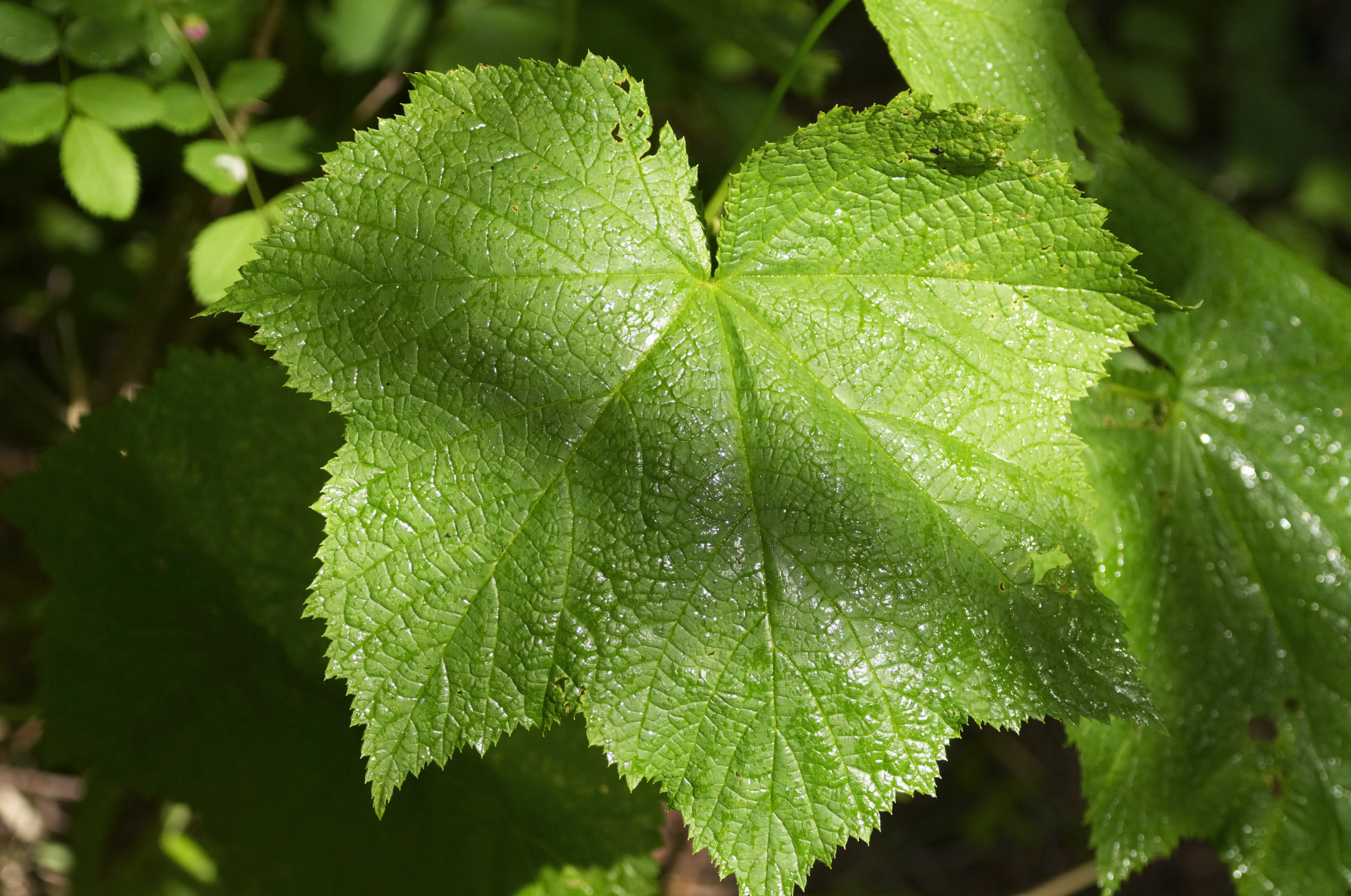
First to arrive, and most active, are bacteria, with 1-10 million bacteria arriving to cover every square centimeter of a leaf's surface. Equally important are yeast (a type of fungus) and fungal spores so varied that scientists call them "hyperdiverse." Taken together, this habitat of leaf tissue, with all its microscopic inhabitants and extremely complex webs of life, is known as the phyllosphere, and it may be the most important habitat on earth.
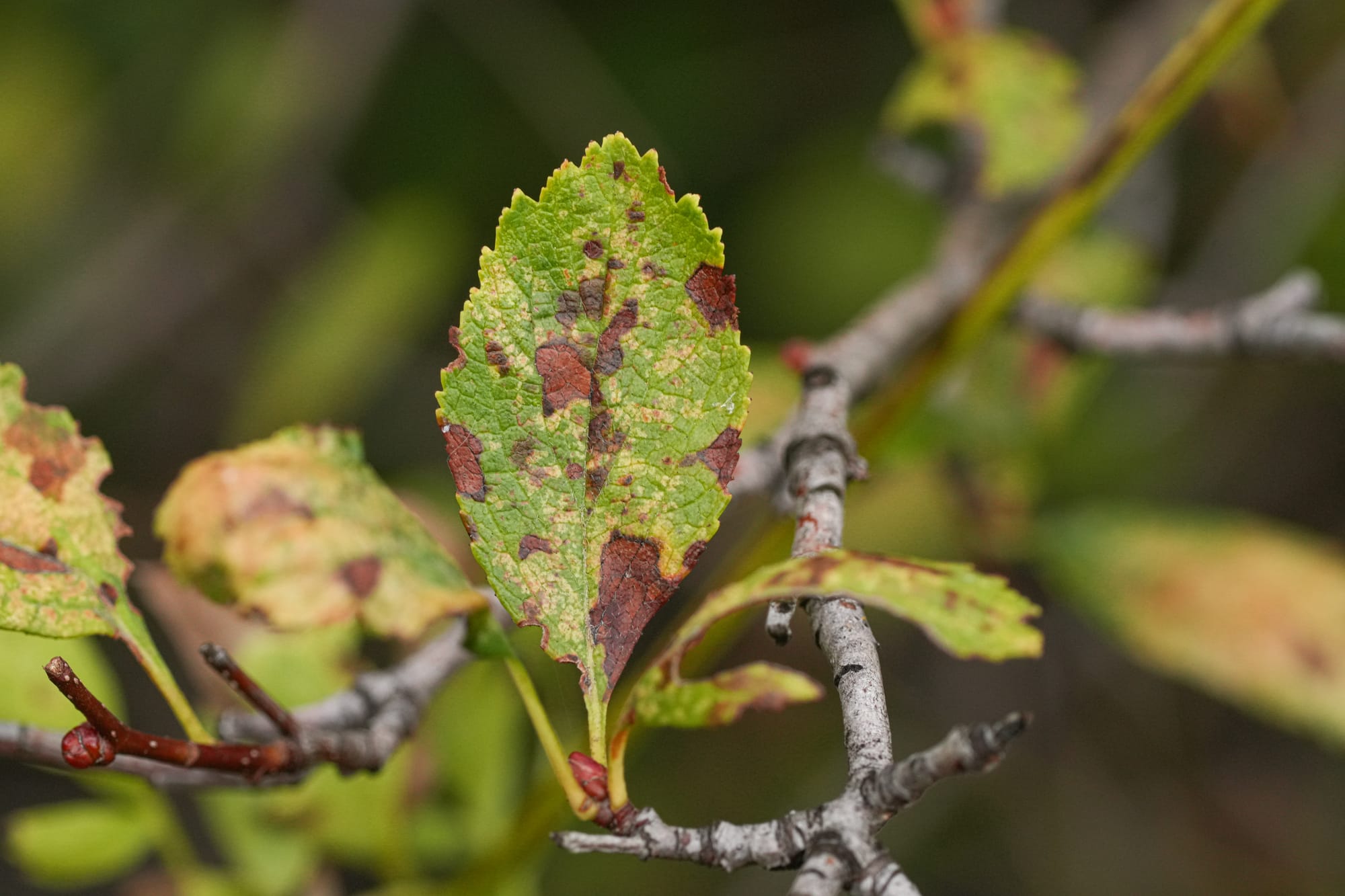
When you think about bacteria and fungi you probably think of them eating and decomposing leaves and being a burden to the plant, but this isn't what's going on. In fact, this microscopic community is so important to plants that they actively fed and shape this community by secreting a balance of sugars and toxins.
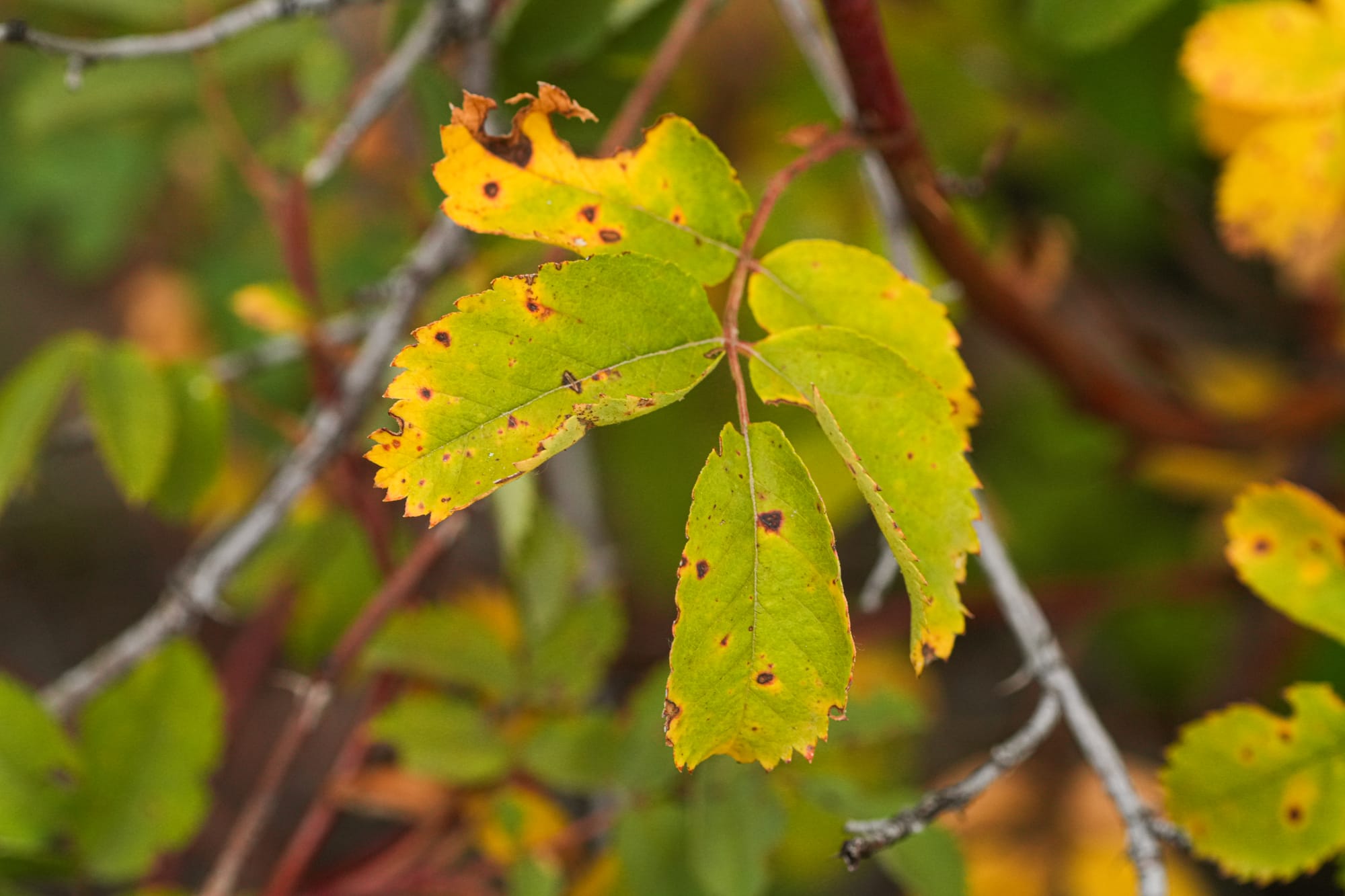
It would take an entire book to explain all the ways that the phyllosphere benefits plants, but one obvious benefit is that bacteria and fungi exude alkaloids and other compounds that protect the leaf (their home!) from attacks by herbivores and diseases. This hardworking, round-the-clock, layer of added security is so beneficial that plants with a healthy phyllosphere grow bigger, faster, and outcompete other plants. Other benefits include increasing a plant's drought tolerance, promoting nutrient cycles, and modifying atmospheric gases.
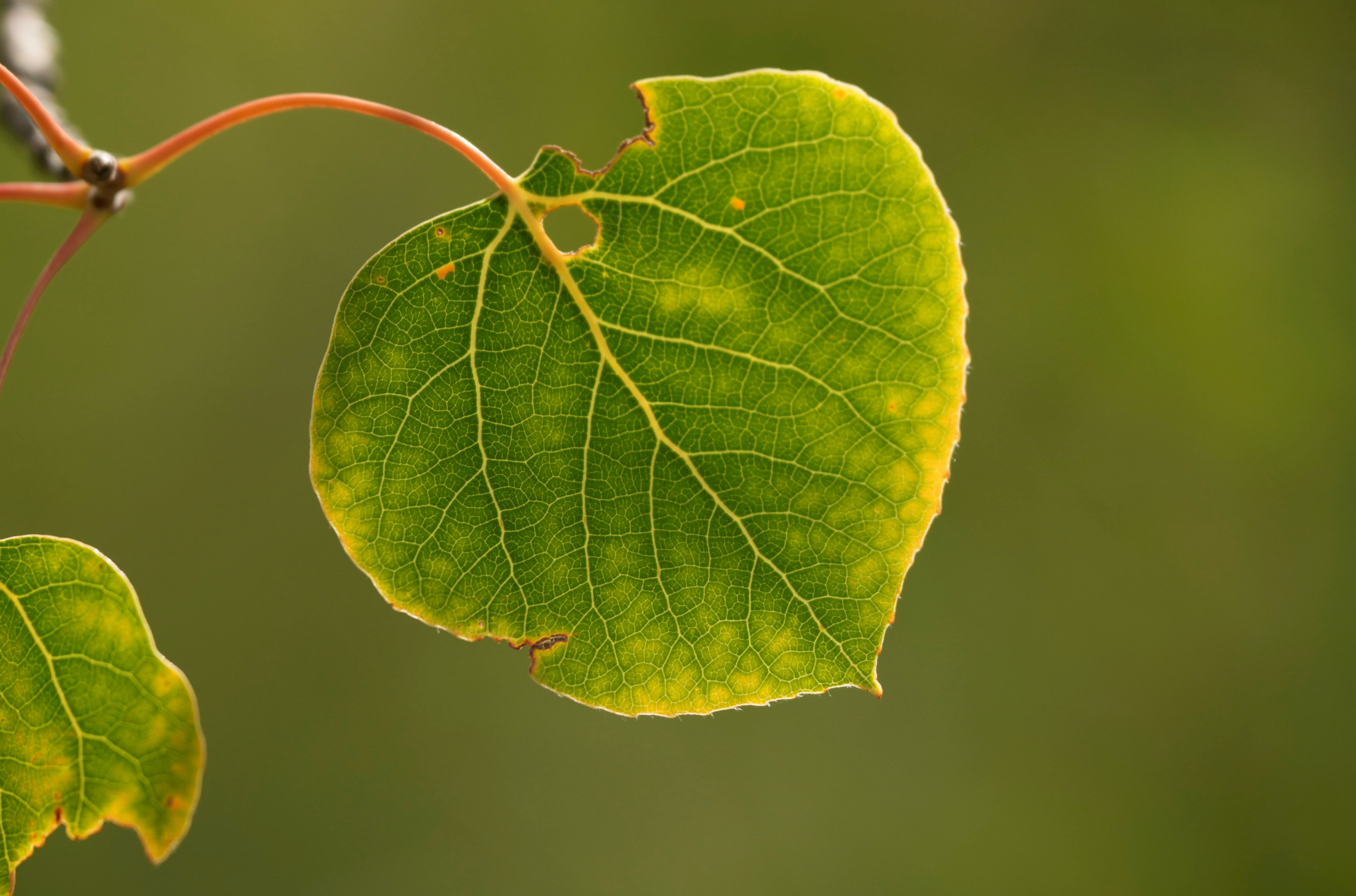
While bacteria are the dominant players early in the growing season, fungi are on a different timeline. They arrive as spores early on but need moisture to begin their life cycle. Because summers are too dry and hot, fungi either wait as resting spores or send a simple hypha (fungal root) into the leaf surface where they find temporary shelter out of the sun.
In other words, fungi just rest and wait, while also producing alkaloids that help protect the leaf from herbivores or diseases. Then, as summer wanes, and when there's more moisture available, a plant begins to withdraw defensive compounds from its leaves in preparation for winter and the fungal spores "wake up."
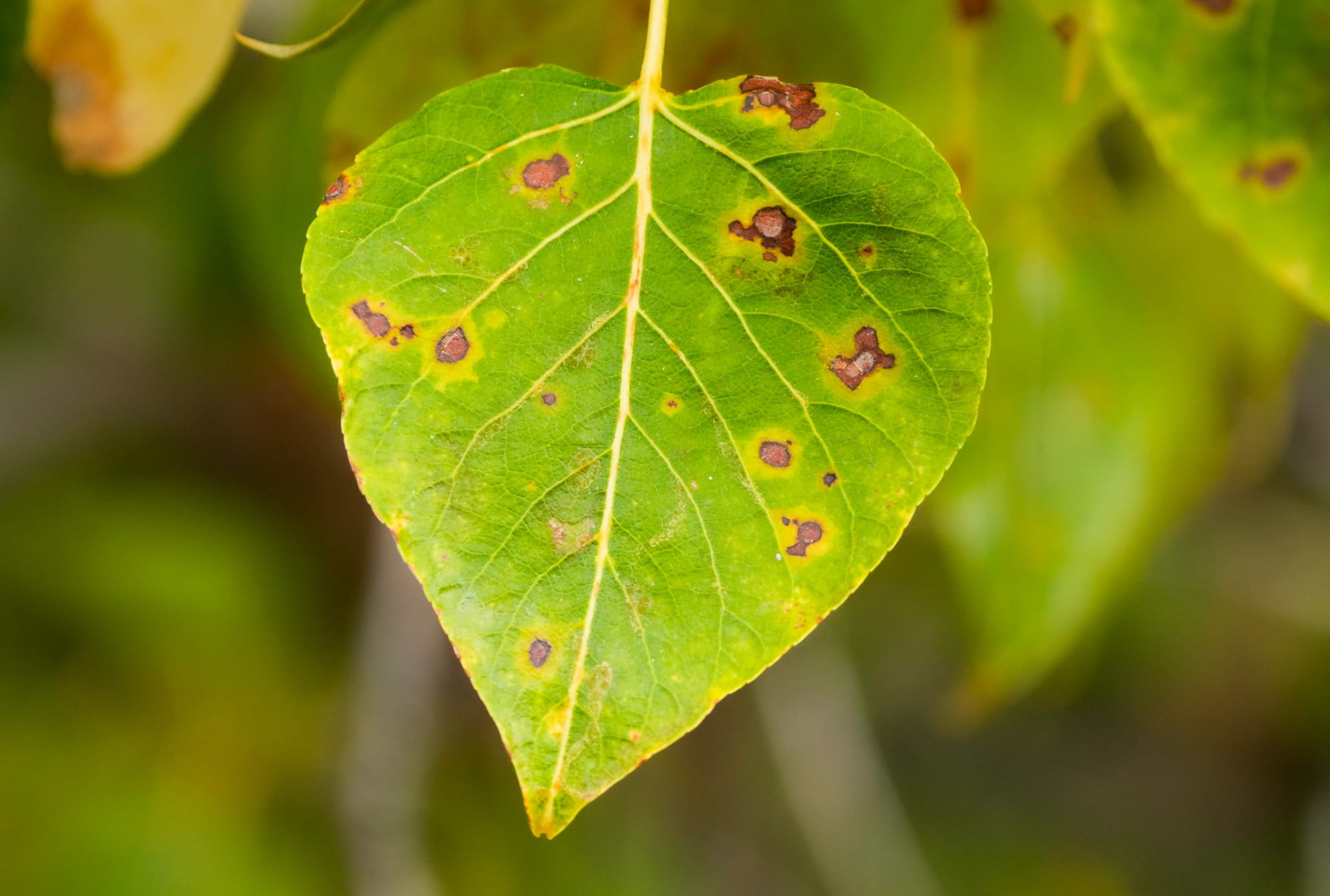
An unprotected leaf is a buffet of complex carbohydrates (cellulose and lignin) and other nutrients, and when a leaf starts to die a huge range of decomposing organisms race each other to start eating the leaf. But guess who has been patiently waiting all summer long for the reward of being first in line?
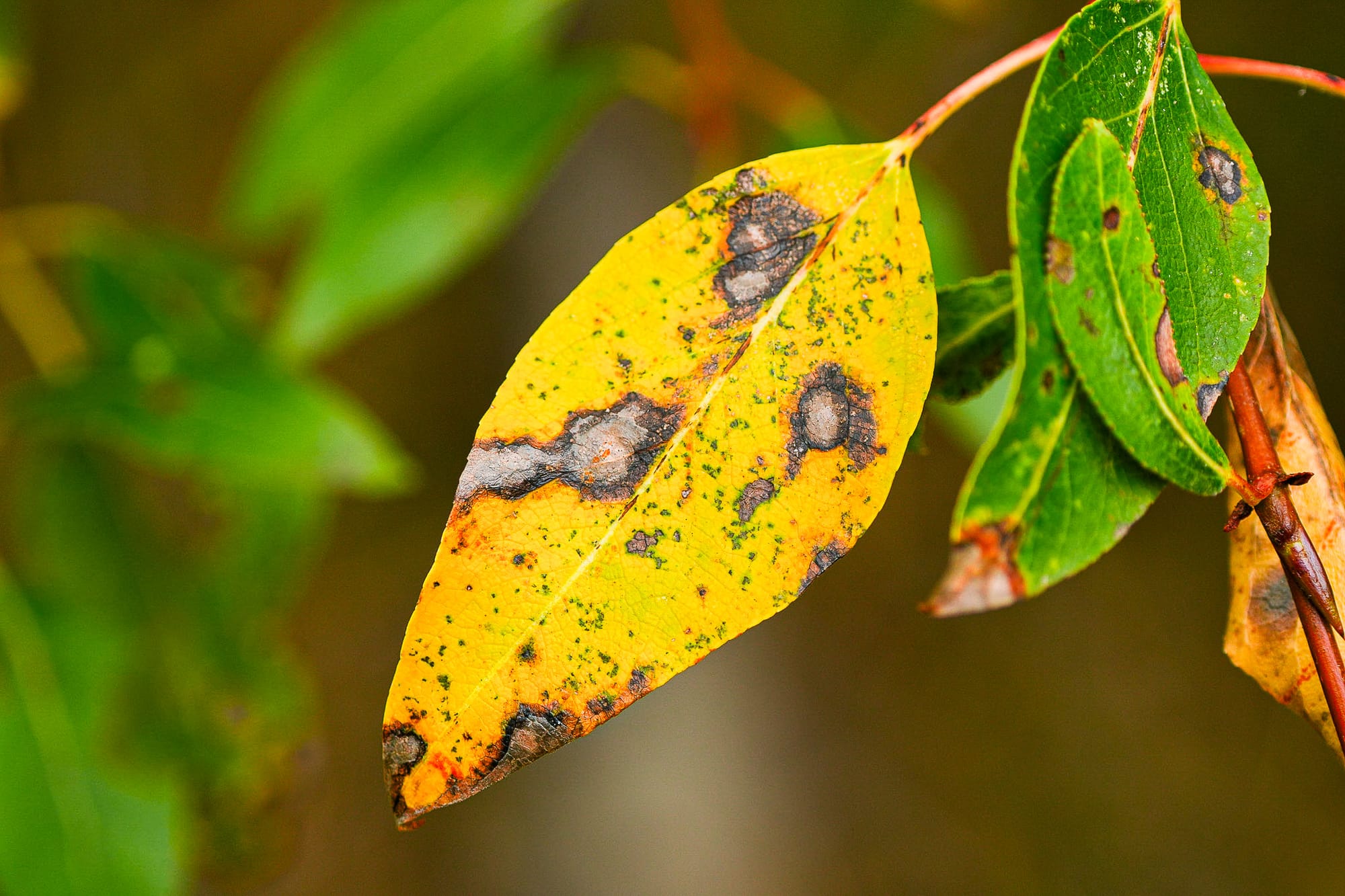
Because of this early access, fungal spores on leaf surfaces work as primary decomposers that focus on eating the most easily digestible carbohydrates (mostly cellulose). You can tell they're at work because they create conspicuous brown spots that start at precise germination sites then grow outward in roughly circular patterns as the fungi begins eating leaf tissue. Then when a leaf changes colors and falls to the ground, these fungi continue eating as much of the cellulose as they can before secondary decomposers invade the newly fallen leaf and take over to eat the rest of the cellulose and then the lignin.
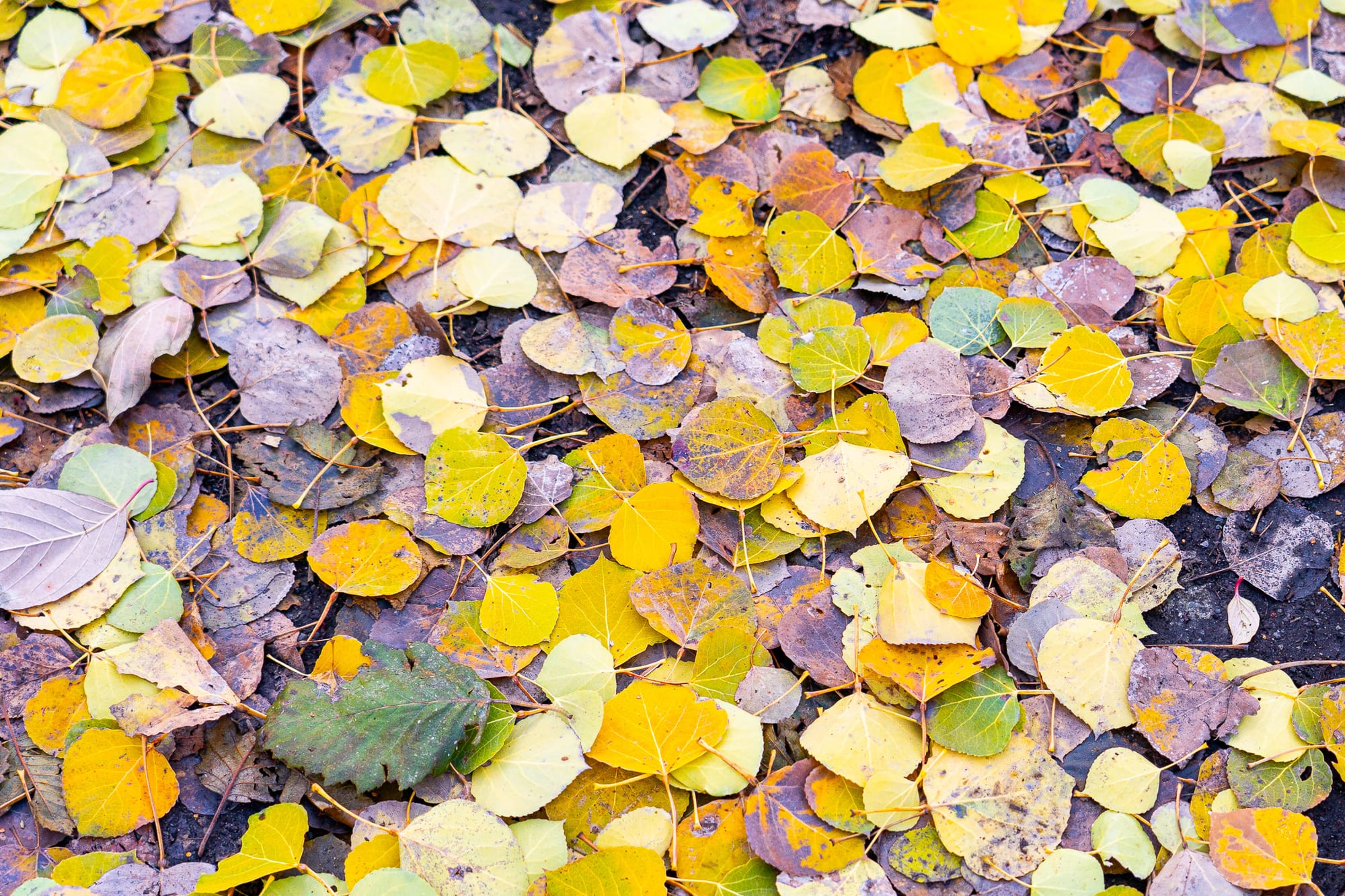
It's funny that in all my years of looking at brown spots on autumn leaves, and talking about fungal spores, it had never occurred to me to extend this simple story about a single leaf to the global picture that it so clearly represents. It's a reminder for me to look more carefully at all the familiar stories I tell myself on a daily basis!

Member discussion